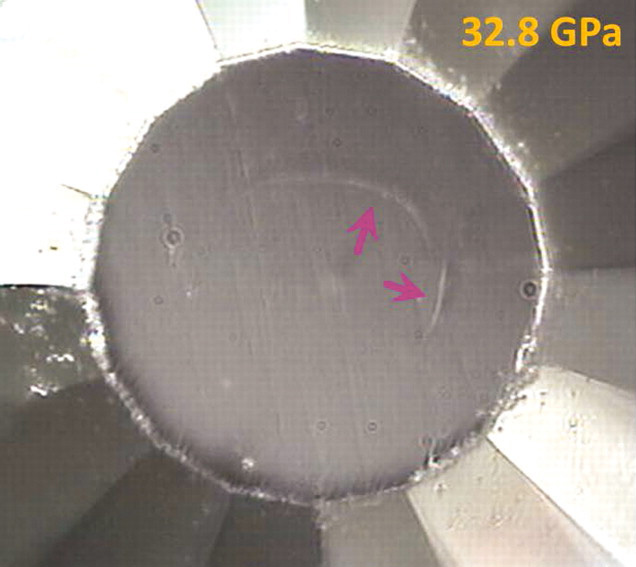
New Superhard Form of Carbon Dents Diamond
Squeezing creates new class of material built from clusters of carbon atoms.

Squeezing creates new class of material built from clusters of carbon atoms.
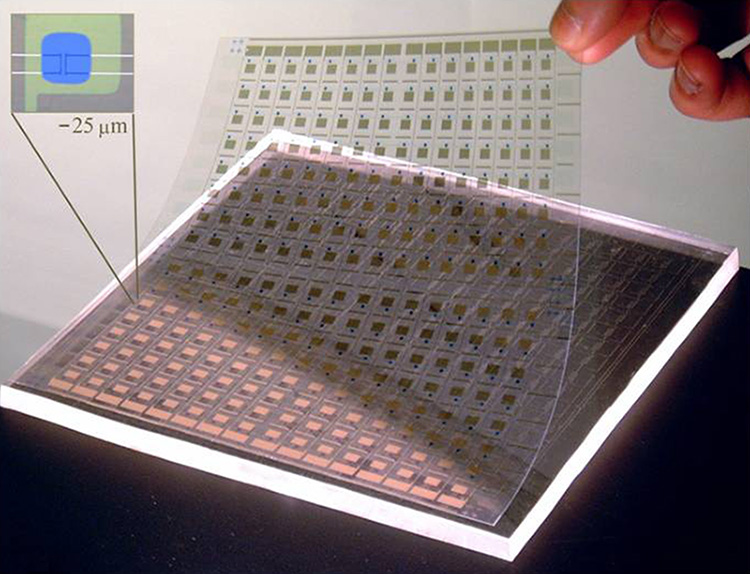
High-efficiency compound semiconductor solar cells can now be printed on flexible, plastics.
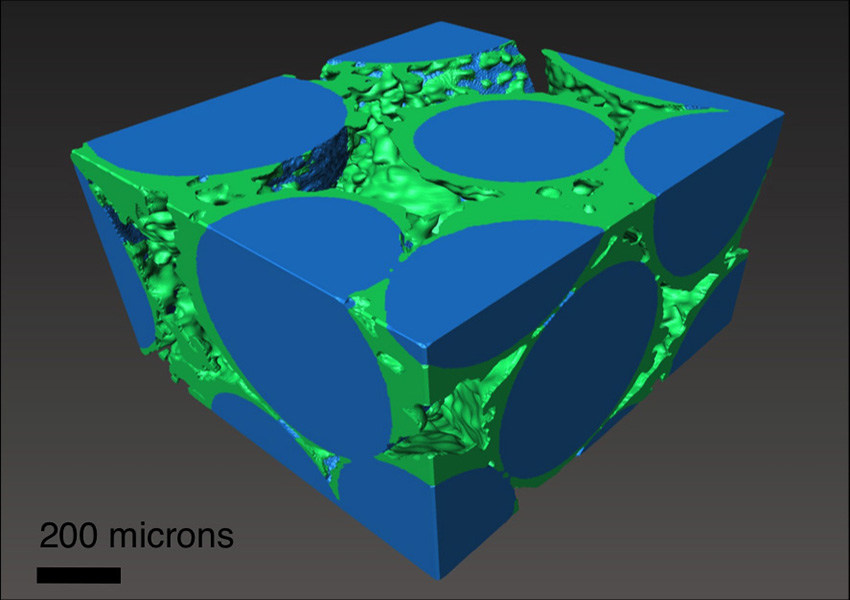
Nanoscale features in rocks enable more carbon dioxide to be trapped as a solid carbonate material underground.
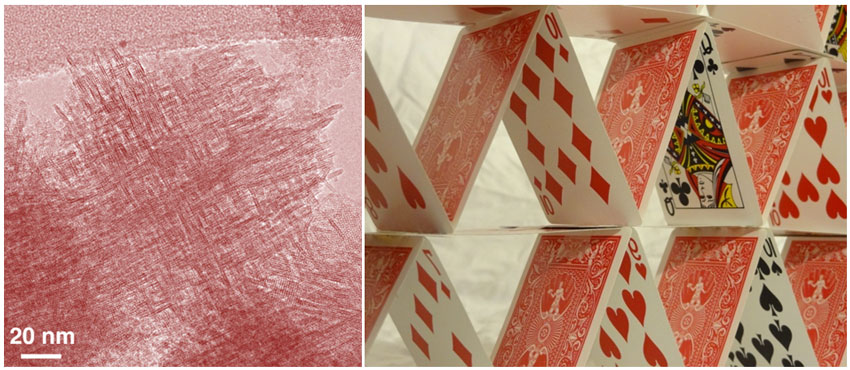
House-of-Cards structure leads to improved zeolite catalyst.
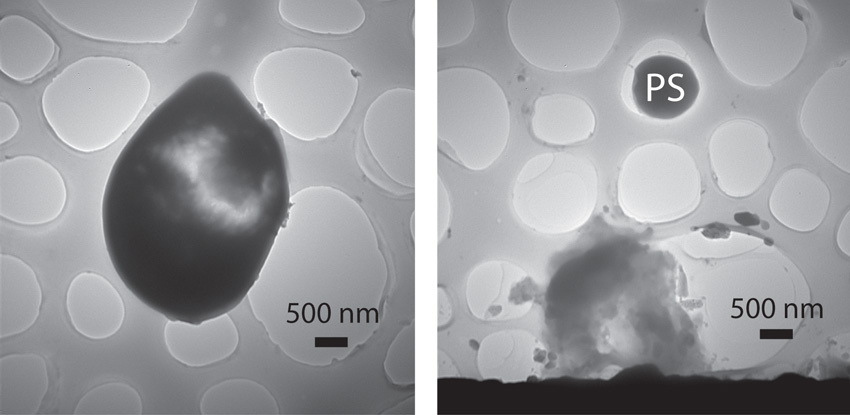
Enzymes originating from marine sponges were intentionally altered to create a new enzyme that can make semiconductors in artificial cells.

Chemistry provides a route to selective binding and extraction of radioactive cesium.
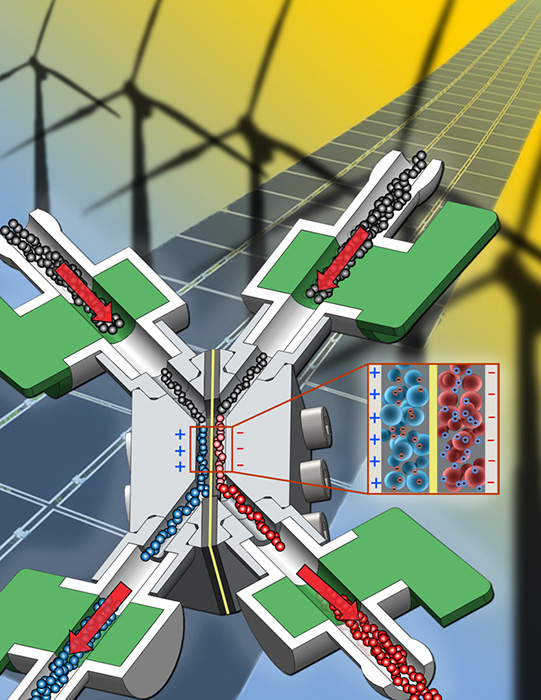
New scalable, high power energy storage possible with carbon-electrolyte slurries.
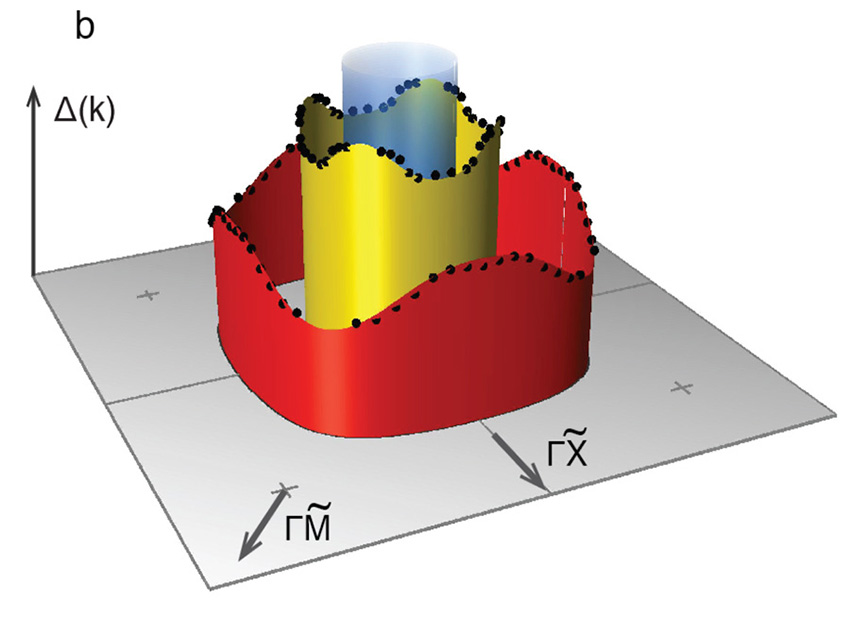
Visualization of electron pair binding confirms predictions about how high temperature superconductivity works.

Novel, liquid-less design promises to improve long-term stability and durability of dye-sensitized solar cells while hitting high efficiency marks.
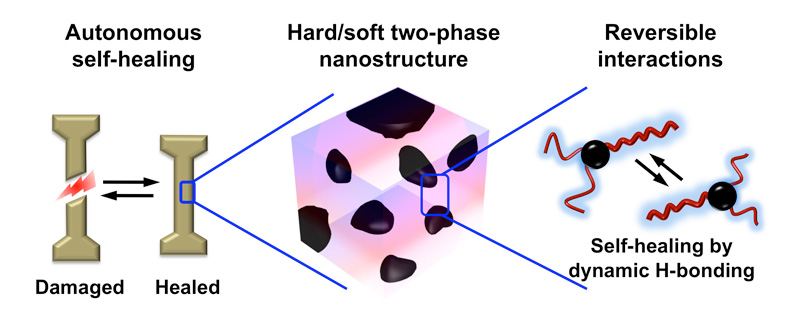
Overcoming a fundamental dilemma in making polymers that combine strength and toughness with spontaneous healing capability.
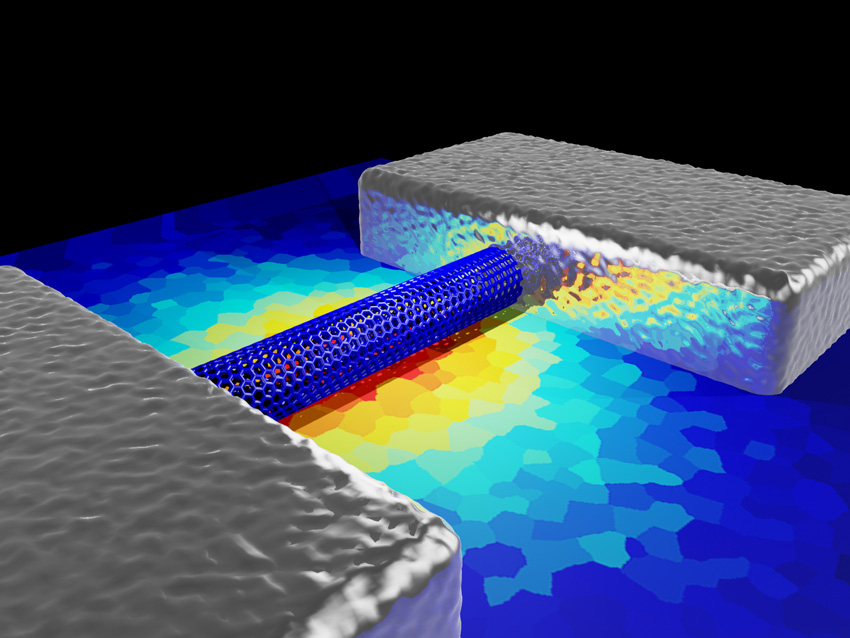
Current-carrying nanotubes heat up nearby materials but not themselves, indicating a new path to energy-efficient electronics.

Researchers have created an environmentally-friendly plastic coating that converts a wide range of electrical conductors into air-stable components for flexible, less expensive electronics.